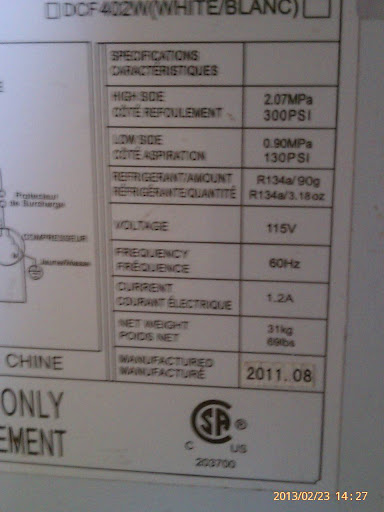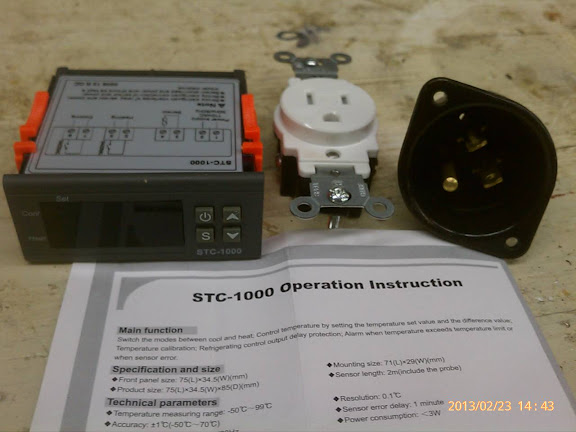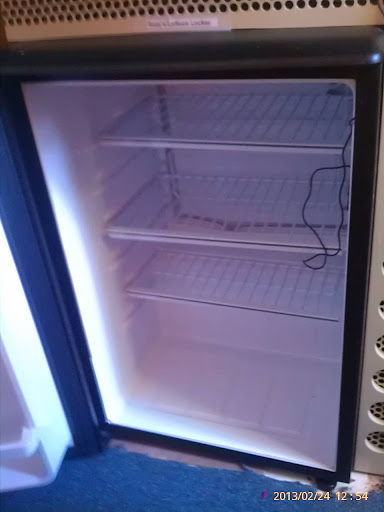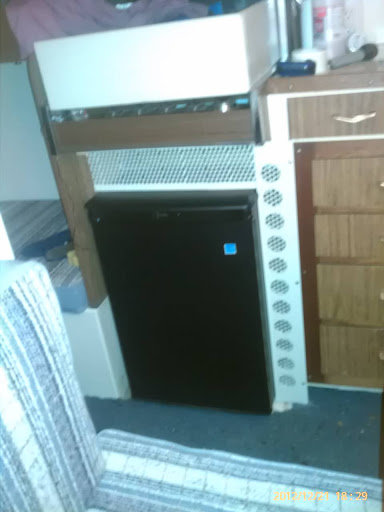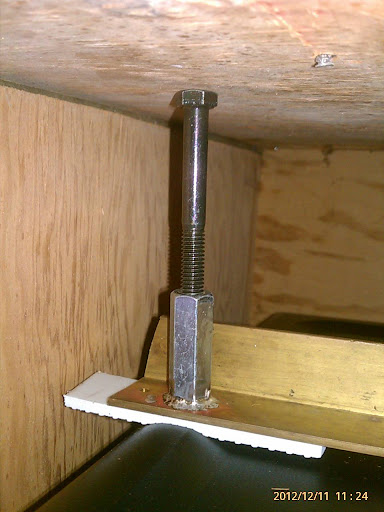In my humble opinion the government energy stickers are not at all helpful. They make a lot of assumptions that I don't believe really apply to boating life compared to an average family at home. Boaters are generally more cautious about how they use things as power is not taken for granted.
Here in the PNW where ambient temperatures are not as high as Florida, we have friends that turn off their freezers while underway and only turn them on during there regular operation of the generator. As pointed out the chest type are more efficient and you are not opening them up that often. Add to that the suggested brine block and it could end up running very little.
As for the home style frig vs a boat type. There may be a little more energy draw when running than a boat style unit due to the fans inside that circulate the air, however, because the air is circulated around the food and the thicker insulation, you will will find that they run fewer times and for less time during each run.
You would have to hook up totaling amp meters, on similar size units, in like environments and open them approximately the same number of times to actually verify which unit uses more energy. Having owned both, and based on my battery drain, I would say there is little difference between the two as it takes X amount of energy to produce Y amount of cold. The compressors are basically the same and therefore, with all things equal, they should use approximately the same amount of energy.
One other factor that we have seen living on board. The 12v unit without the circulating fan did not preserve the food as well as the home style unit that produces even temperatures throughout the compartment and the air movement also reduces the amount of moisture. That means I had to dispose of less food before its time.
I think both systems are good. The home style unit requires a good inverter, which adds cost but it also runs many more systems so you would need to amortize the cost of the inverter over all systems. When we went to replace our frig I looked at both the 12VDC and the 120VAC and decided as live a boards the home style unit provided us better long term use benefits. Should our use be more recreational, I would have spent the additional money and purchased the 12VDC unit.
I think I ended up with a nice looking unit, it is energy efficient and preserves my food very well. Besides the Admiral likes it.





